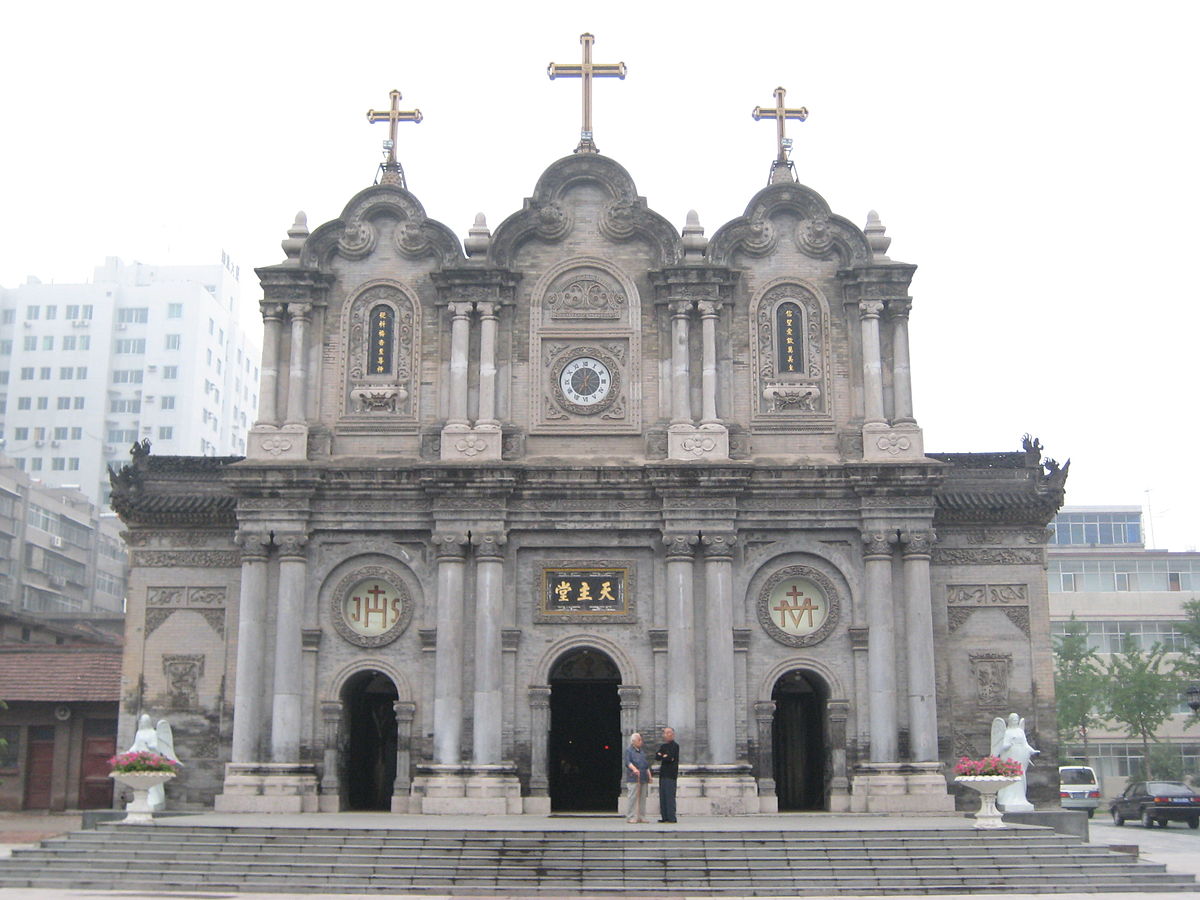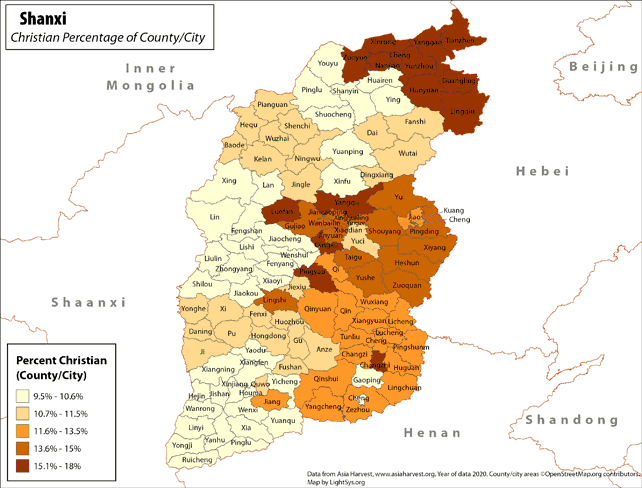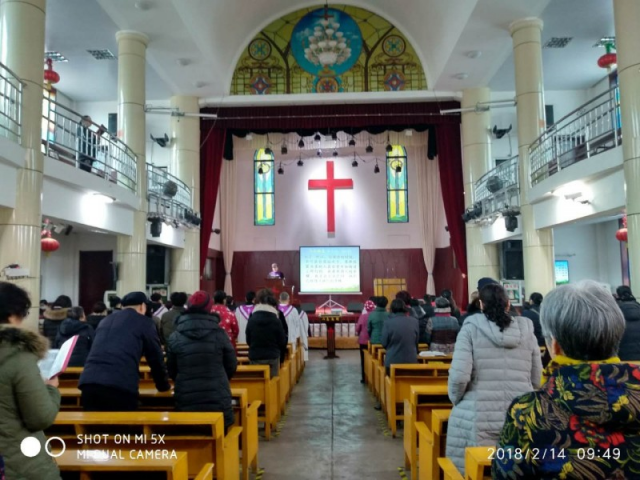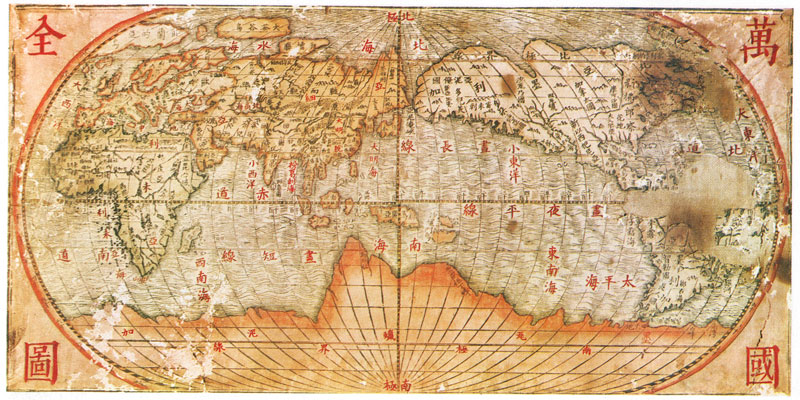May 10th - Servant of God: Stephen Le Fevre, SJ
Born:February 14, 1597
Died : May 10, 1657

Catholic church in Shanxi
Stephen Le Favre, the first French Jesuit assigned to the Chinese mission was born in Mourieres, near Avignon in France. His desire to be a priest started when he was very young, but his family was too poor to give him an education. Set on following Christ, Stephen worked at the Jesuit college in Avignon in exchange for free food, lodging and the privilege of attending class with the students. He cleaned the classrooms after school so that he could attend lectures during the day, a chore he did for six years during which time he was a member of the sodality of our Lady and was elected by the sodalists as their prefect.
Stephen became so well acquainted with the Jesuits and their way of life and felt the call to be one of them. He entered the Jesuit novitiate in Avignon on Sep 26, 1615 and pronounced his vows two years later. He then taught grammar until 1623 when he went to Lyons for his philosophy followed by his theology in 1625 at Avignon. Stephen’s life took an unexpected course during his second year in theology when he heard about the Japanese mission from Fr Sebastian Vieira, a missionary from Japan who stopped over at Avignon on his way to Rome to brief the Jesuit general and the pope of the status of the Japanese mission. Stephen’s heart was touched when he heard Fr Vieira speak about sacrifices and the joys of missionary life and was so convinced that this was what he ought to do that he offered himself to Fr Vieira for Japan on the spot. His provincial approved his decision and gave permission for his ordination after he completed his second year of theology.
Fr Le Favre, together with forty three other missionaries, left for Goa, India from Lisbon in Jan 1628. However they were forced to return to Lisbon four months later as their ship met contrary winds. Their disappointment turned to joy when they received news that there would be another sailing the following year. In March 1629 the missionaries gathered at Lisbon again and this time the group was divided into nine groups. They set sail and arrived in Goa in Oct 21, 1629. Fr Le Favre immediately began his study of Japanese and six months later on April 6, 1630, he sailed for Macao on the China mainland. When they arrived in Macao in September he sadly learnt that persecution of foreign missionaries was raging in Japan and it had closed its doors to foreign missionaries. Since China was at peace and there was much work to be done there and many souls to be converted, Fr Le Favre decided to focus his work in China. After studying the Chinese language at the end of 1630, he was on the way to Shanxi province.

Fr Le Favre divided his work between Shanxi and Shanxi provinces and adopted the simple diet of only vegetables and fruit of the poor Chinese. He spoke their language and was soon preaching and instructing those who desired to become Christians. In 1635 he became the superior of the Shanxi mission until 1641 when he was sent to Peking to assist the Jesuit astronomer, Fr Adam Schall to prepare the new Chinese calendar and also to translate several scientific books into Chinese. He returned to Shanxi three years later after his superior acquiesced because of the continuous and persistent requests of the Shanxi Christians and remained there for the remaining thirteen years of his life.
Fr Le Favre’s health began to decline when he was sixty years of age because his body had weakened due to prolonged mortification. Though weak and sick, he did not want to leave his faithful in Hanzhong until about six months later when he agreed to go to nearby Xian to stay with his Portuguese Jesuit friend, Fr Inacio de Costa. His faithful Hanzhong Chritians carried him in a litter which they prepared to minimize the discomfort along the way. There Fr Le Favre was not only able to find rest but received better medical treatment since Xian was a bigger city. On May 10, Ascension Thursday morning, Fr Le Favre knew this was his last day on earth. He asked one of the Christians to go and thank Fr Costa for his kindness and to tell him that he would not need his assistance any more. Then he wrote a letter to Fr Costa, to be delivered after his death thanking him for all his kindness and humbly asking for his forgiveness for his failures.

Then with much difficulty he went to celebrate his last Mass at church. While removing his vestments he knelt before the altar to make his thanksgiving. Since the parishioners remained in church with him, he picked up a small tree branch, held it in his hand and spoke to them encouraging them to remain steadfast in the faith and in the new life they had received in baptism. He raised the branch to bless the congregation but could only say “Jesus, Mary,” and collapsed gently to the floor in front of the altar. It was noon and Fr Le Favre went home to God.
The Shanxi Christians loved and admired their missionary during life and looked upon him as a saint in death. He was also equally loved by the non-Christians, who honoured him by erecting a pagoda in his memory. Fr Le Favre’s cause is under consideration.

